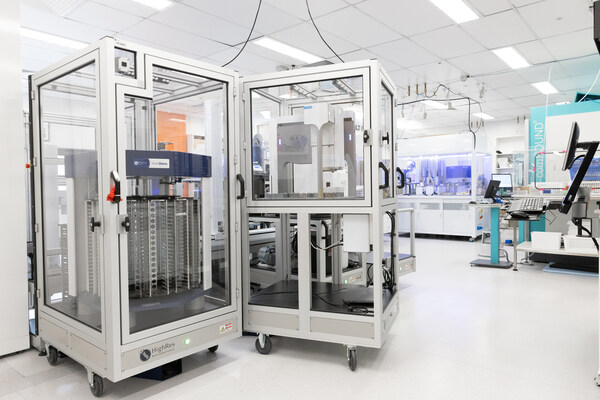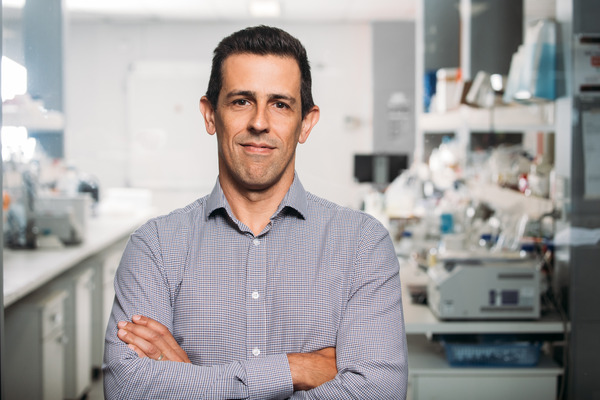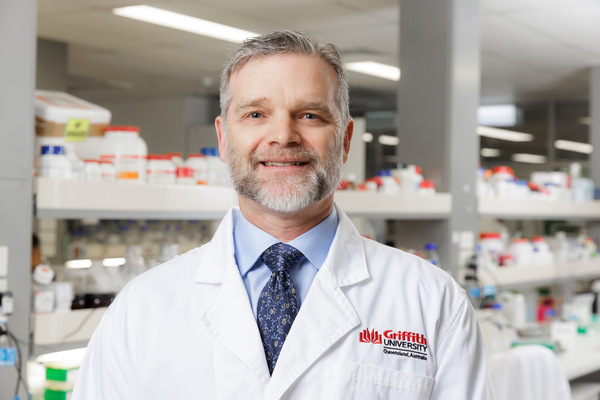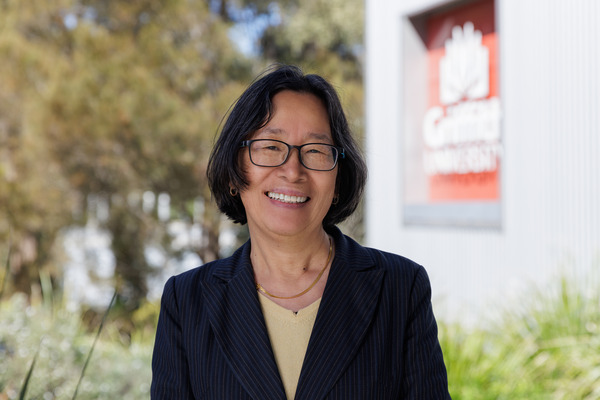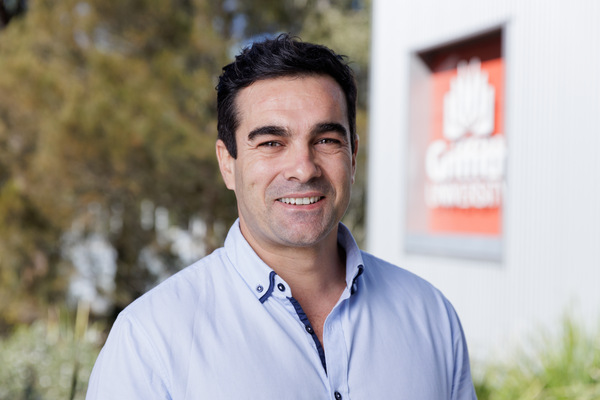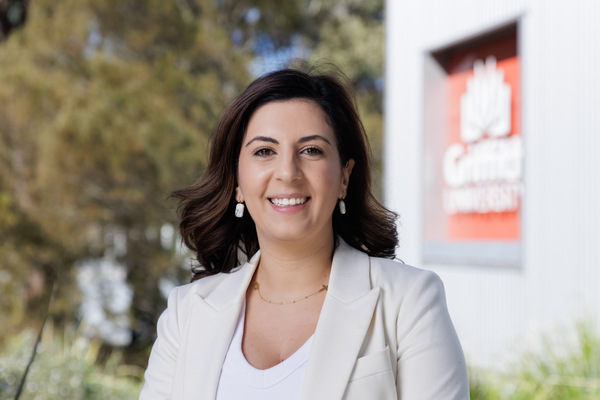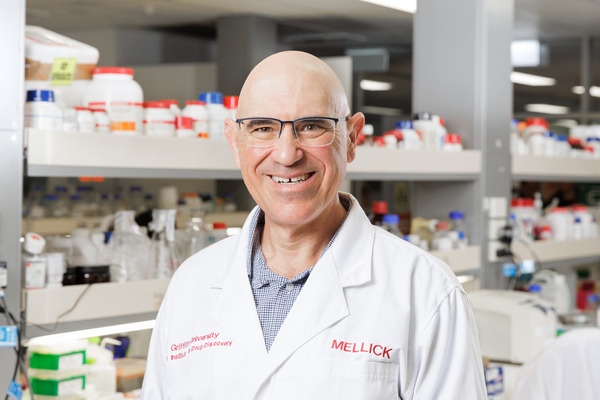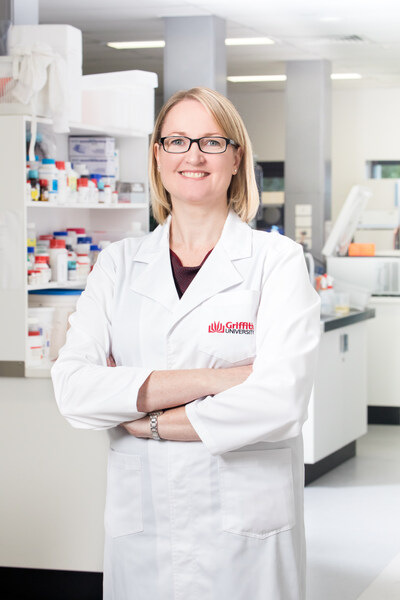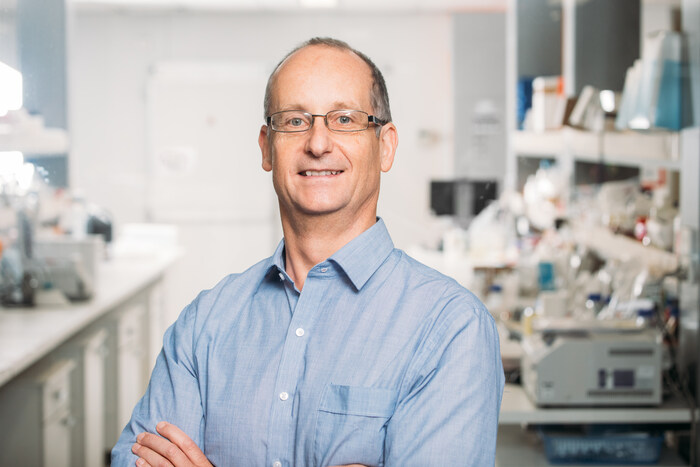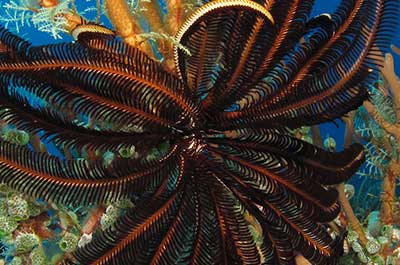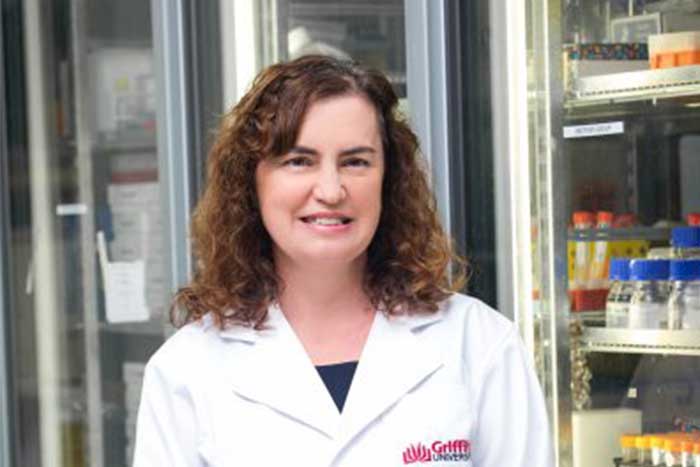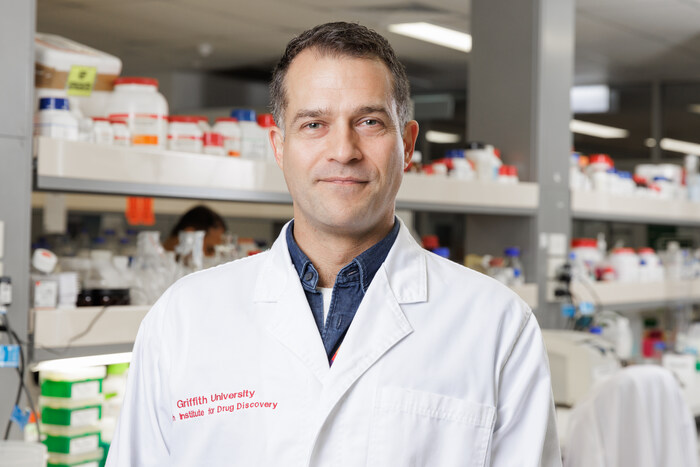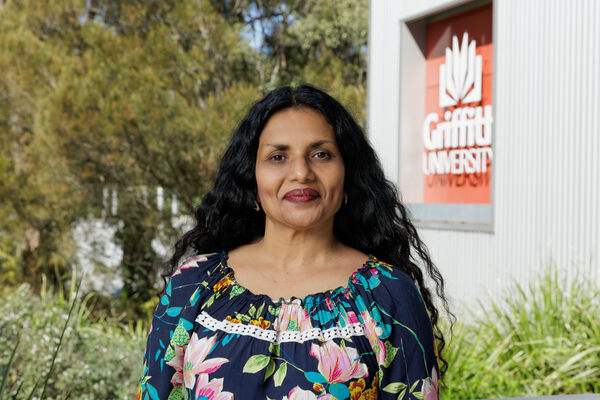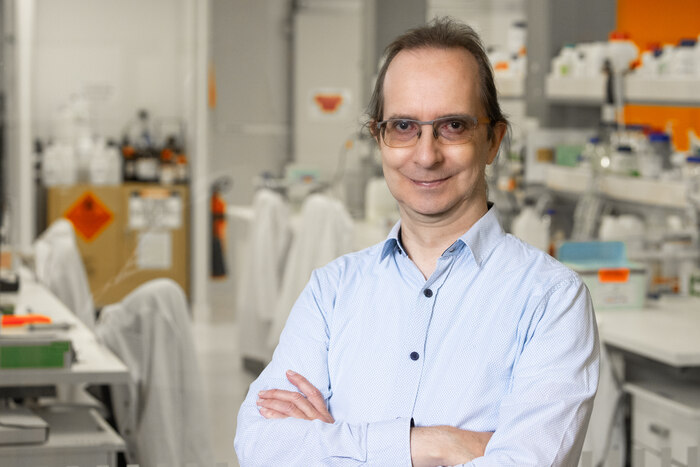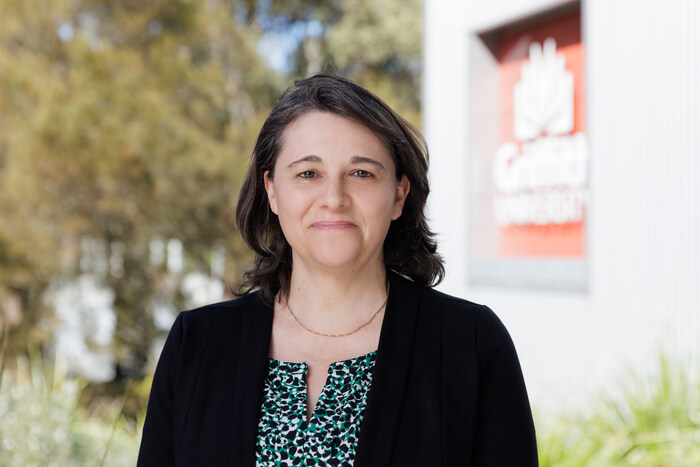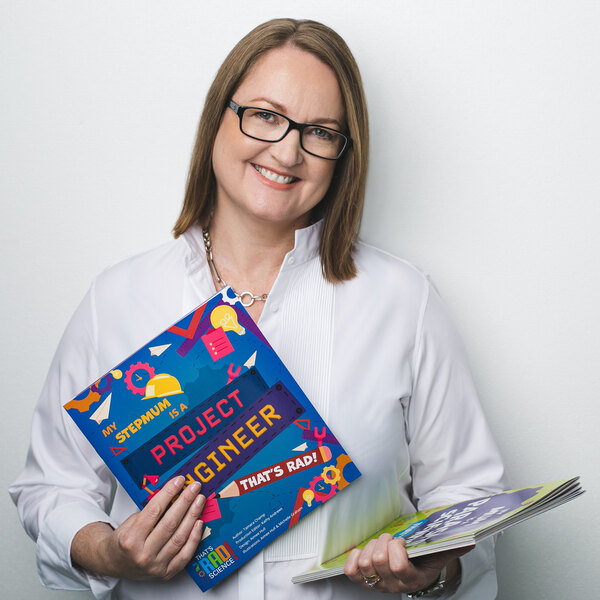An innovative nerve bridge therapy combined with patient-centred rehabilitation is on track to provide people living with spinal cord injury with independence.
We tend to think of scientists as being hidden away in their laboratories, working away on some of the world’s most important problems. However, scientists now employ more collaborative, patient-centred, and holistic approaches to finding answers to complex problems in health and wellbeing.
Professor James St John, Dr Mo Chen and their team at the Clem Jones Centre for Neurobiology and Stem Cell Research use such approaches in the creation and translation of therapies to repair injuries and diseases of the nervous system. For example, they are currently translating a world-first scientific discovery into a clinical product – a nerve bridge that overcomes damage to the spinal cord, and they’re working directly with patients to do it.
The spinal cord is the main communication pathway between the brain and the rest of the body. Injuring it can block these communications, leading to loss of movement, feeling and autonomic bowel, bladder and sexual functions. There is no cure and people living with spinal cord injury are also impacted by depression, loss of independence, and reduced involvement in employment and education. Due to the high need for care, the lives of families and friends of people living with spinal cord injury are also dramatically affected.
Spinal cord injury affects over 20,000 Australians with another 300 added every year. The socioeconomic cost to Australia is $3.7 billion per annum. Thus, there is an urgent need to create an effective therapy.
The nerve bridge therapy developed by the Clem Jones Centre team uses olfactory ensheathing cells (OECs) – specialised cells that are obtained from the patient’s own nose and that have the natural ability to regenerate damaged nerves. These cells are formulated into three-dimensional (3D) cellular nerve bridges for transplantation into the site of injury to repair the spinal cord. This technology has been extensively tested in pre-clinical models and is now ready to go to clinical trial. However, it is not just the nerve bridge technology that the Clem Jones Centre team has been testing.
“In treating spinal cord injury, patients need access to effective rehabilitation programs that complement the cell transplantation treatments and maximise their effectiveness. However, in developing a cell transplantation and rehabilitation program, we also need to talk directly with people who live with spinal cord injury and their carers. This ensures that it meets their expectations and needs, so they feel comfortable opting into the therapy and that it has the best chance of success,” said Professor St John.
A co-design approach with a Spinal Cord Injury National Consumer Research Panel consisting of ten people from around Australia living with spinal cord injury led to the Clem Jones Centre team and their collaborators designing intensive pre- and post-nerve bridge treatment rehabilitation programs. These programs prime each patient’s mind and body physiologically to start to repair and remind the nerves of their lost functions.
To then test whether spinal cord injury patients would participate in and benefit from the rehabilitation program, the Clem Jones Centre team and their collaborators undertook a small clinical trial of just the rehabilitation program with 5 participants 2.5 hours a day, 5 days a week, for 6 months. The participants not only were able to keep up with the program, but there were some improvements in their physical and psycho-social health.
Following this success, the spinal injury therapy is now ready to be tested in a Phase I human clinical trial in 2023. In this trial people living with chronic spinal cord injury will undergo both the nerve bridge surgery and rehabilitation program.
“We can’t underestimate the independence and self-worth that we can give back to people living with spinal cord injury and their carers by finding a way to reverse spinal cord injury. Restoring movements, sensation and autonomic functions, such as having control of our bladders or being able to move our fingers are significant steps forward for people living with spinal cord injury,” said Professor St John. “We’ll continue to do all we can, working alongside people with spinal cord injury, to find solutions for this condition.”
The Clem Jones Centre for Neurobiology and Stem Cell Research is seeking philanthropic and general donations and investments to progress the nerve bridge therapy and rehabilitation programs through clinical trials. If you would like to contribute to their ground-breaking research, please find more information here:
Donate to the Clem Jones Centre for Neurobiology and Stem Cell Research
We are very grateful for any individual or corporate donations and bequests to help us take our research forward. Through the GRIDD Director’s Circle you can also help provide career and personal development opportunities for GRIDD’s students and early career researchers.
To learn more about Professor St John’s research and his contact details:
To learn more about Dr Chen’s research and his contact details:
To keep up to date with developments at GRIDD:
Banner image by Dr Megha Shah and Dr Alison Wright entitled ‘A Colourful Injury’ – a dye labelled histological section of a spinal cord injury taken from a mouse model.
Sustainable Development Goals
Griffith University is aligned with the United Nation’s Sustainable Development Goals (SDGs) and is committed to tackling global challenges around good health and well-being (SDG 3) and partnerships for the goals (SDG 17).
